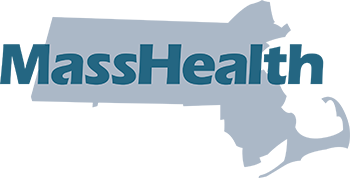IMPORTANT
If you received Advance Premium Tax Credit to lower your monthly premium payments at any time in 2023, you must file your 2023 taxes or you may not get APTC, including ConnectorCare, in 2023.
If you received APTC (including ConnectorCare) to lower your monthly health insurance premium costs in 2023 and you do not file a 2023 tax return, you will not be eligible for advance payments of the premium tax credit or ConnectorCare to help pay for your health insurance coverage in 2023. This means you will be responsible for the full cost of your monthly premiums and all covered services. In addition, the IRS may contact you to pay back some or all of the 2023 advance payments of the Premium Tax Credit.
If you purchased insurance through the Health Connector in 2023, you may have been eligible for a Premium Tax Credit to help you pay for your health insurance premiums. (IRS Form 8962 will help you figure out if you were eligible.)
When you enrolled for your health coverage, you may have chosen to:
- Get the money from the Premium Tax Credit during the year.
If so, an amount was sent directly to your health insurance company, lowering your monthly premium cost. The amount is also known as an advance on the Premium Tax Credit, or Advance Premium Tax Credit.
OR - Get the money with your tax return.
You may get additional money when you file your return through the Premium Tax Credit.
Regardless of which choice you made, Form 8962 will be used to figure out how much of the credit you will get or even may have to pay back.
When would you have to pay some of tax credit back when you file your tax return?
If you received APTC to lower your monthly premium costs, that means you gave the Health Connector your best estimate of what your 2023 income would be when you signed up. (For many people, this could have been based on their 2022 income if they expected their income to be steady.) The APTC you qualified for in 2023 was based on that estimate.
When would you get more money back when you file your tax return?
If you received APTC to lower your monthly premium costs that means you gave the Health Connector your best estimate of what your 2023 income would be when you signed up. (For many people, this could have been based on your 2022 income if you expected your income to be about the same from the past year.) The APTC you qualified for in 2023 was based on that estimate.
What if I qualified for APTC when I signed up, but did not use it?
If you chose not to use APTC in 2023 to lower your monthly premium costs, then you will get the credit with your 2023 tax return based on your 2023 income. And it will increase your refund or reduce the amount you owe.
At a Glance:
- If you TOOK MORE advance payments of the premium tax credit than the actual credit you’re eligible for: You may need to pay the difference with your tax return.
- If you TOOK LESS advance payments of the premium tax credit than the actual credit you’re eligible for: You’ll get the difference as a credit on your tax return.
- If you DIDN’T TAKE ANY advance payments of the premium tax credit during 2023: When you complete Form 8962 you may find out that you qualify for a credit. If you do, you can claim it when you file your taxes.
For more information about the Premium Tax Credit:
Did you file without a complete Form 6982 or rejected for a missing the Form?
Did you file your 2023 tax return electronically, but it was rejected for a missing Form 8962? You will need to complete Form 8962 or an explanation for why you’re missing the form, and attach it when you refile.






